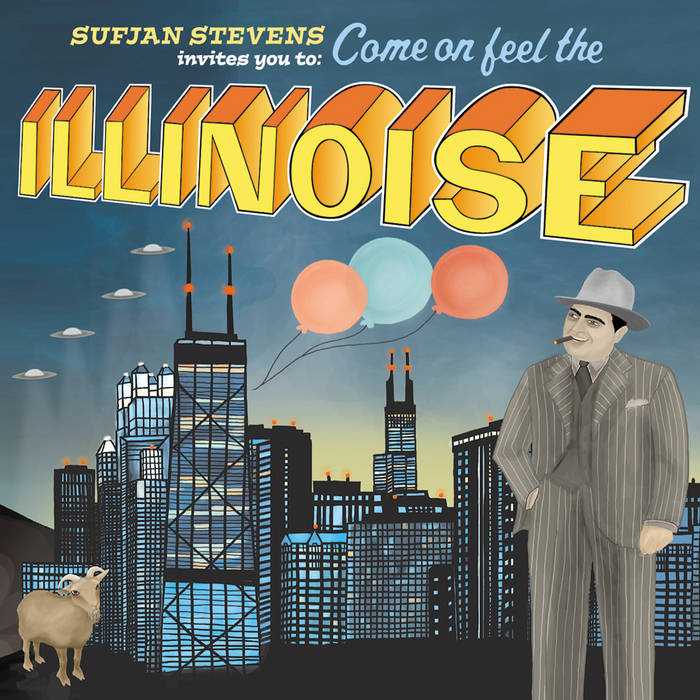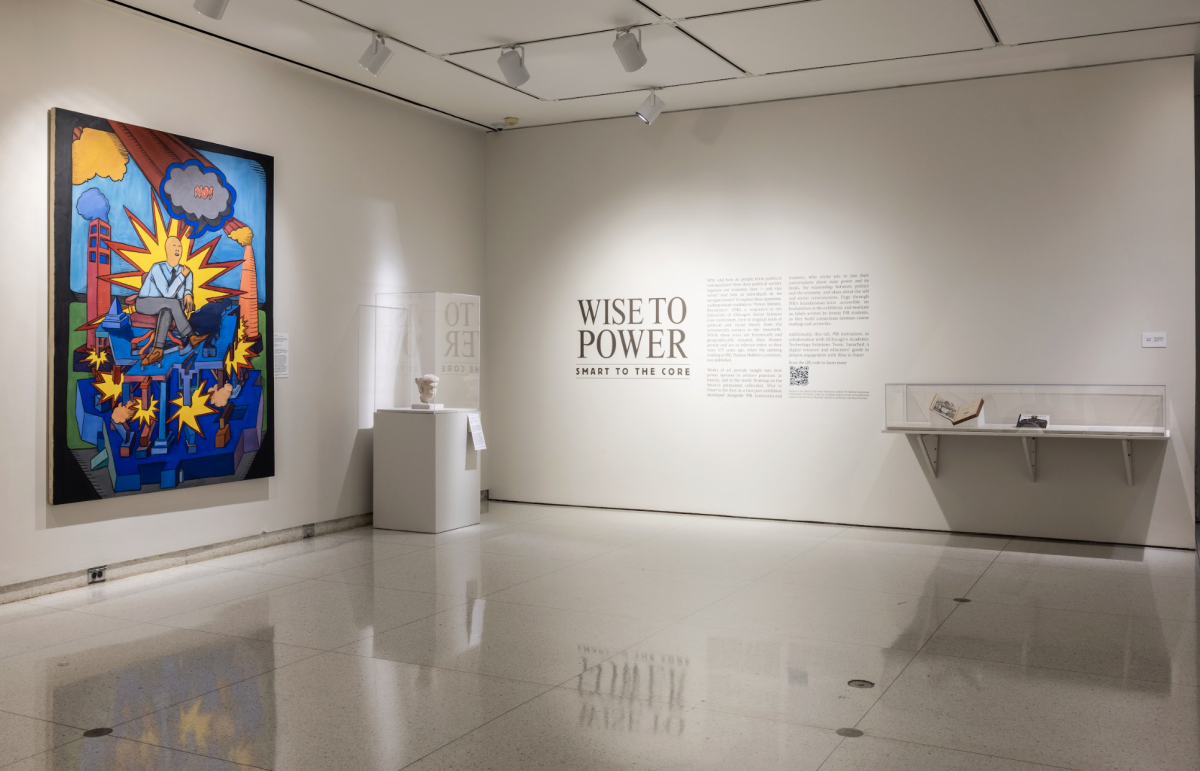In classical mythology, before a swan dies, the usually silent animal sings a beautiful song, understandably known as a “swan song.” Swans are prevalent in Western culture from Greek mythology to The Swan Princess; they represent beauty, tranquility, and transformation. For local artist Eleanor Speiss-Ferris, swans symbolize the natural world and express her indignation at human beings’ mistreatment of it. She uses the animals in each of her five paintings in The Sorrow of the Swans, now on display at the Chicago Cultural Center.
Vegas-born Spiess-Ferry studied art in New Mexico and at the School of the Art Institute of Chicago. She has been exhibiting her surrealist brand of artwork in and around the Chicago area since 1974. Her works have been picked up by a number of collections, including the State of Illinois’ Thompson Center in the Loop and the Portland Art Museum in Oregon.
But her work could have been much better presented by the Cultural Center. Even though Sorrow of the Swans is on the building’s first floor, it is poorly advertised and difficult to find. When I found the paintings, there was only a small placard for the exhibit. The center attracts a large amount of tourists and some of its art exhibits are presented beautifully, but it could have done a better job with Spiess-Ferry’s exceptional works.
Despite the exhibit’s drab space, Spiess-Ferry’s five large, colorful paintings dominate the walls of the one-room exhibit; she is clearly a great surrealist artist. Her works have an undeniably strong presence with their captivating bright colors and unusual figures. Each painting has its own narrative, and the reader has to find the story on his or her own. It is easy to get lost in her paintings, as Spiess-Ferry has painted innumerable details into each work.
Analyzing the works gives the viewer a glimpse into a dark world. The only subjects the paintings have in common are industrialization and swans. In most of the paintings, the swans look like they usually do—white, placid, and silent. However, in the series’ darkest painting, “The Cooling Pond,” the swans are black. “The Cooling Pond” is a statement on industrial power plants and the toll energy use can take on the environment. Swans and human heads topped by flowers float in a pond, which is placed in front of an imposing outline of a huge power plant. The painting speaks to the world’s dark future if the problem of energy consumption is not addressed. The image is Spiess-Ferry’s most blatant and straightforward statement on industry’s impact on the environment, but the outlines of factories can be seen in some of her other works.
Another unique element of Spiess-Ferry’s work is her incorporation of elements from earlier artistic periods like the baroque era and the Renaissance into her work. 16th- and 17th-century tropes like cornucopias and flowered headdresses are prominent. Such use of historical symbols makes an interesting juxtaposition to her modern surrealist technique and her concern with distinctly contemporary issues.
The Sorrow of the Swans series is an emotional and timely warning for humans about what the world might become if society does not address the environmental crisis. Despite the treatment she gets by the Chicago Cultural Center, Spiess-Ferry is an upcoming artist worth watching.








